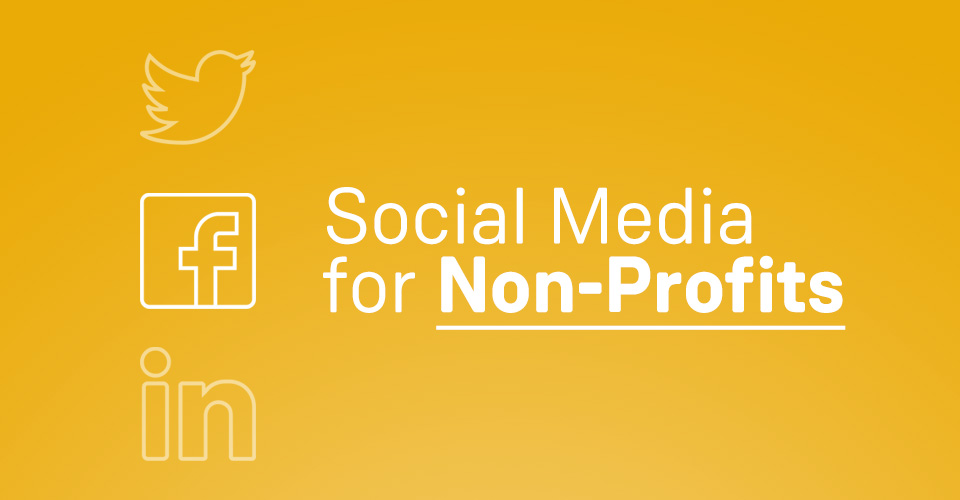Non-profits often use a traditional communication strategy to generate membership growth, awareness and outreach. This kind of marketing follows the tried and true model of using word-of-mouth, paper, mail, advertisement and maybe radio or public TV spots to generate brand awareness.
Unfortunately, unless a non-profit is a large player like the Sierra Club, for example, these methods don’t reach the large audience they used to. Magazine and newspaper spots are probably the most effective of these traditional tools, because at least readers get a chance to learn a thing or two with content written by the organization itself.
The Digital Strategy
However, one modern communication strategy element that is proven to generate lots of attention and activity is social media.
With a constant flow of good content, two-way engagement with followers, and a good mix of digital media, many non-profits have seen their membership grow.

The trick to developing a social media following and then converting those followers into supporters is to first have a plan. That includes determining what is the main, overarching theme to be communicated, building a schedule of content and material that will be developed within that theme’s parameters, and then dedicating resources and people to monitor and manage the account.
The plan should be flexible and able to adjust to issues happening externally as well. This allows cross-linking back and forth between current issues of the day and the messaging the non-profit wants people to hear.
Keep your posts relevant, but don’t lose the theme. Don’t assume that just because you have raised an issue once, it will stay on your followers’ minds. Soon enough, this steady flow of relevant, informative, engaging content will hopefully start generating interested readers who will share your content, so that your audience can increase exponentially.
It may sound intimidating to keep your social media posts flowing, especially if you work for a small organization, or you’re already busy all the time. One of the good things about social media, though, is that you don’t always have to have perfectly polished posts. You can simply take time to freshen your mind by letting your followers know what’s happening at your organization and make a personal connection with them.
You can ask them what they’d like to see happen with an issue you’re working on. Or, remind them that you have a big event coming up, or that you are always looking for volunteers.
Social media marketing shouldn’t be the only outreach strategy you employ, but it is becoming more and more important each day. Instead of letting this worry you, you should tackle it head-on, and develop a coherent strategy that works in consideration of the unique goals and demands of your organization’s mission.


